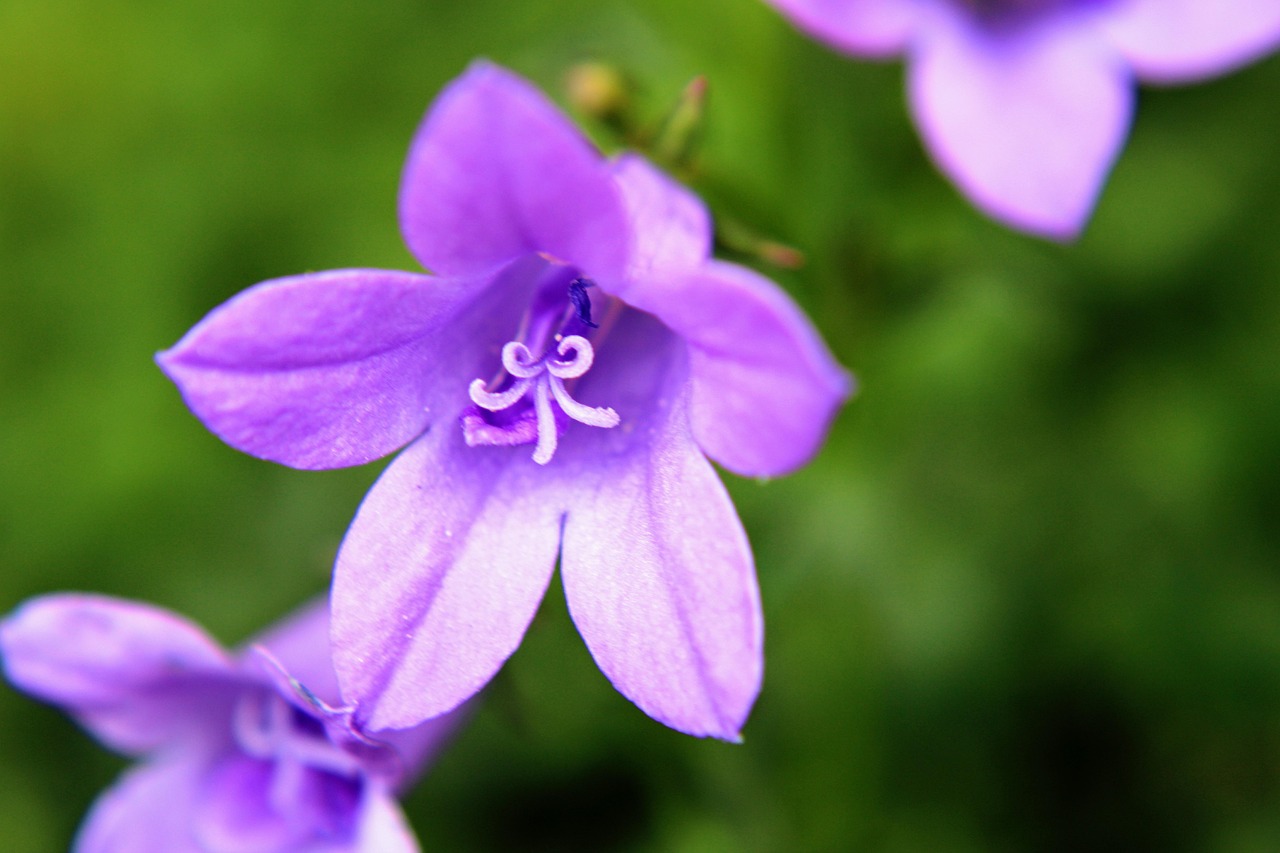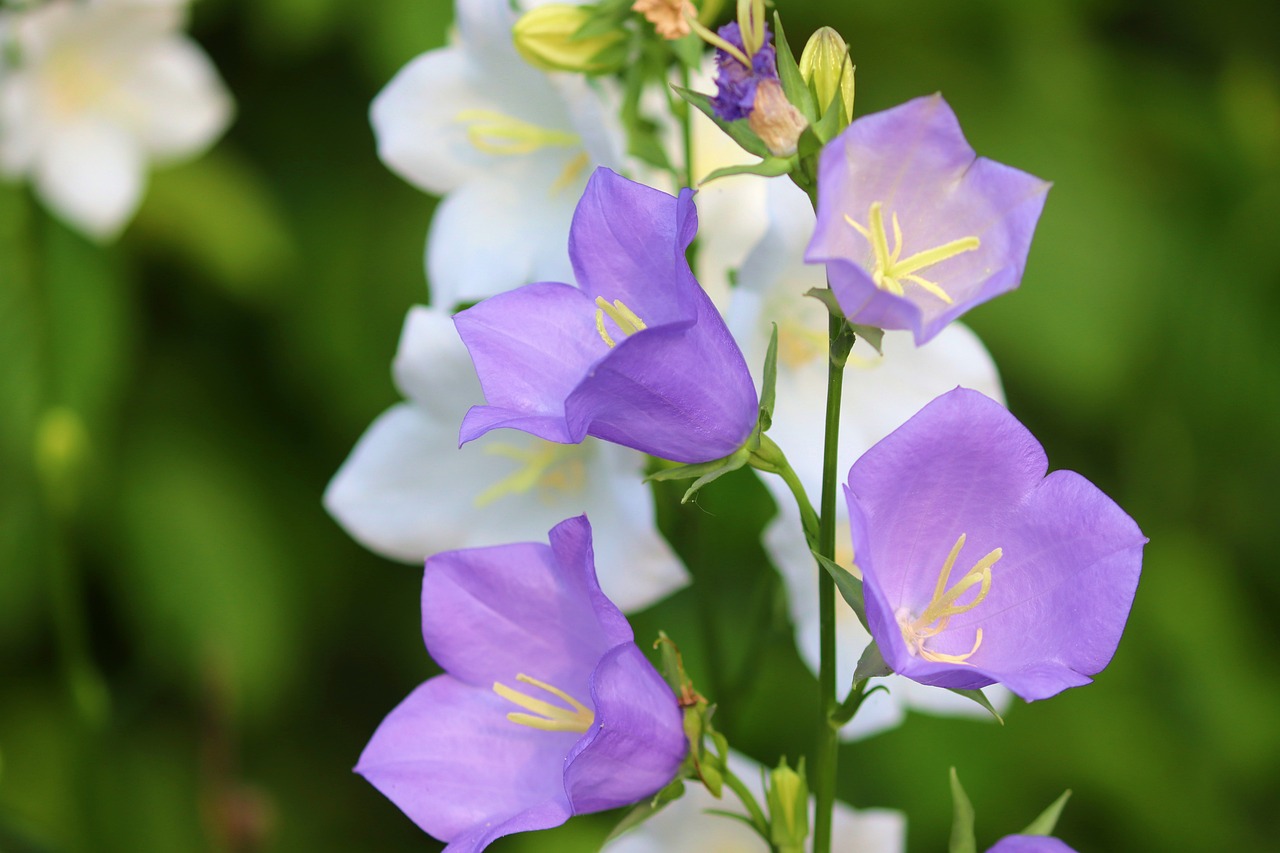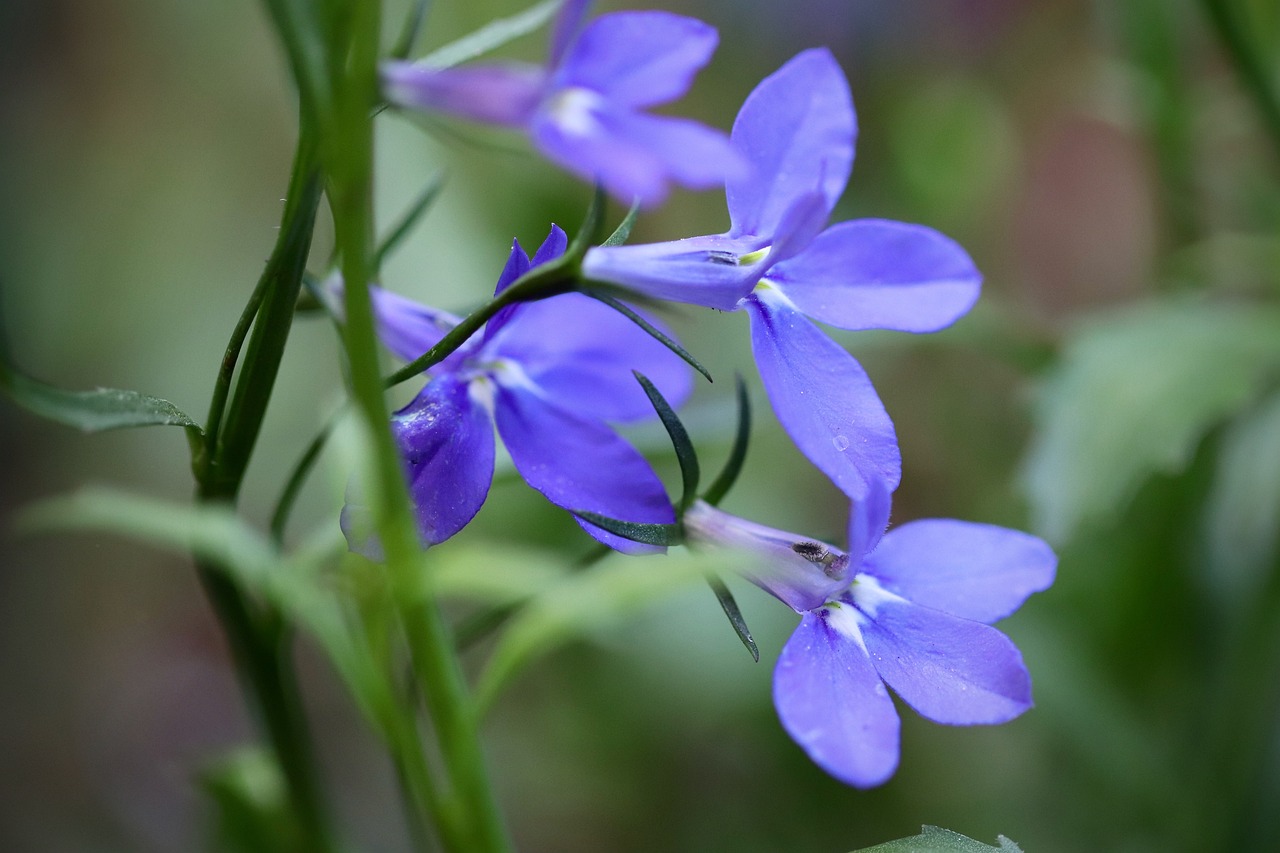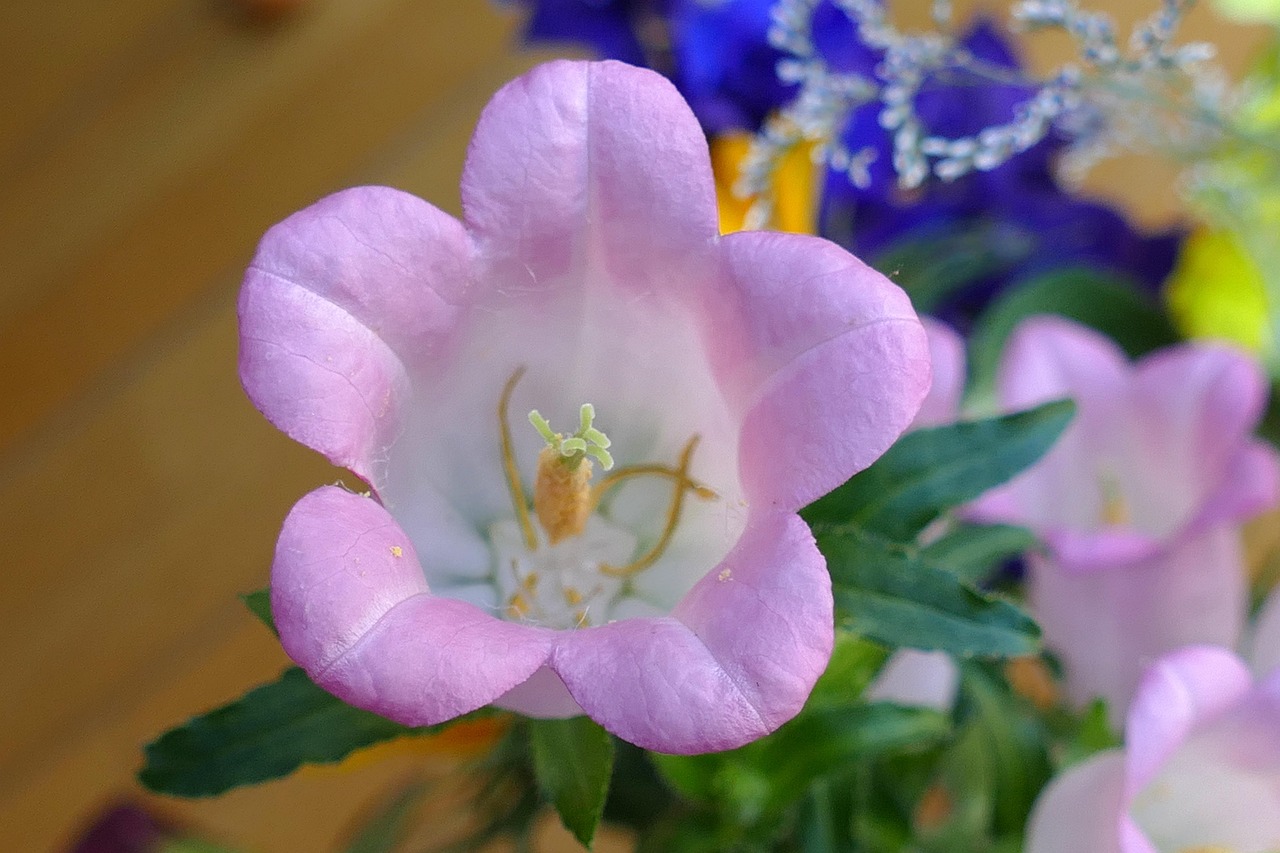Balloon Flower | A Five-Pointed Star Blooming in the Early Autumn Sky
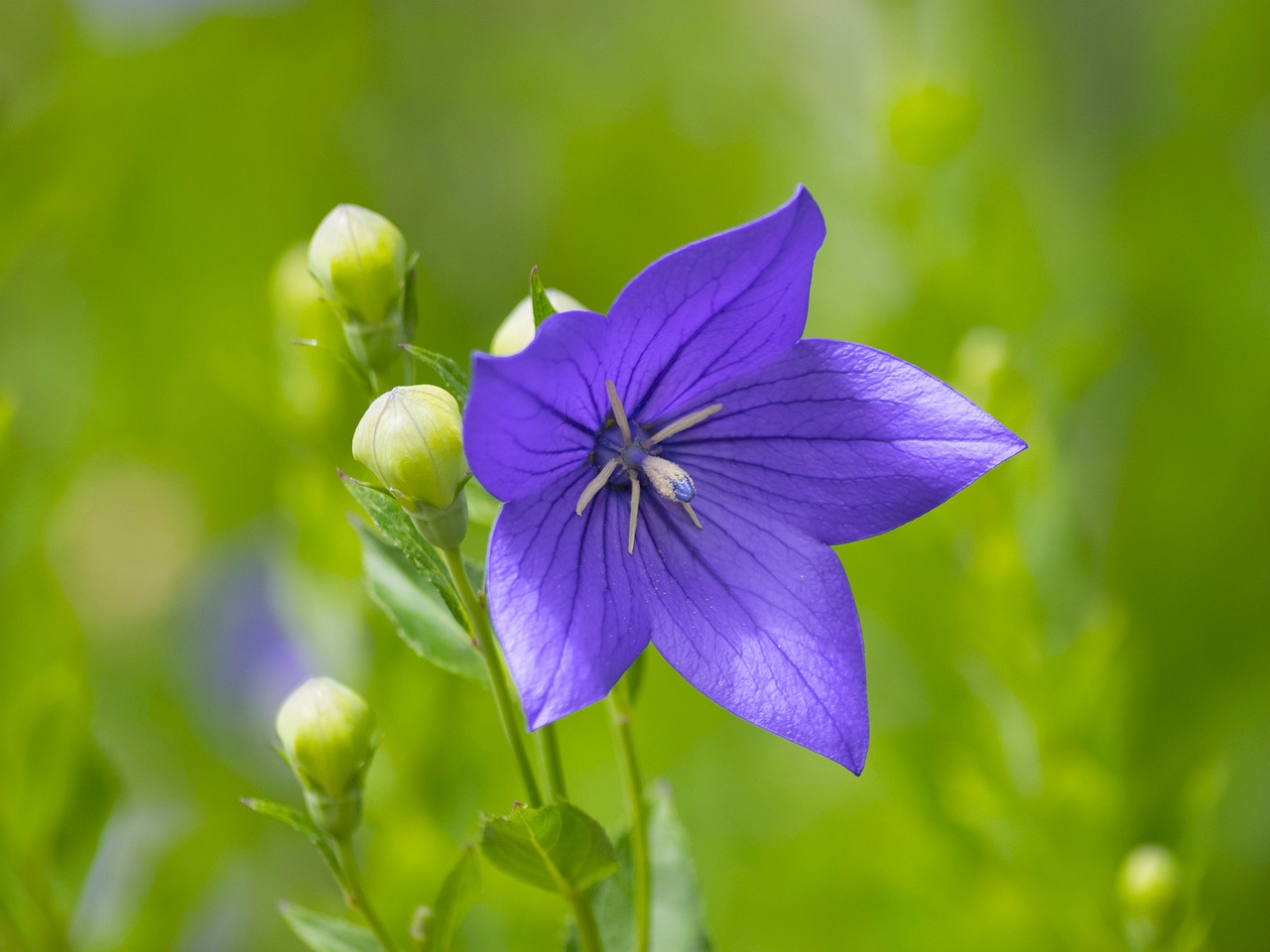
The balloon flower (Platycodon grandiflorus) is distinguished by its elegant star-shaped blossoms and is considered one of the representative flowers of autumn in Japan. It has appeared in traditional Japanese poetry, literature, and family crests since ancient times, deeply rooted in Japanese culture.
In this article, I will provide a detailed explanation of the balloon flower, covering its basic information, cultural background, and gardening tips.
Basic Information
- Scientific name: Platycodon grandiflorus
- Family: Campanulaceae
- Origin: East Asia (Japan, China, Korea)
- Appearance: The balloon flower is characterized by its pentagonal, star-like petals. It commonly produces purple or blue flowers, but white and pink varieties also exist. The plant grows to about 50 cm in height, making it suitable for both garden beds and pots.
- Blooming season: From summer to autumn (July to September), it is regarded as one of the flowers that herald the arrival of autumn.
Cultural Significance Around the World
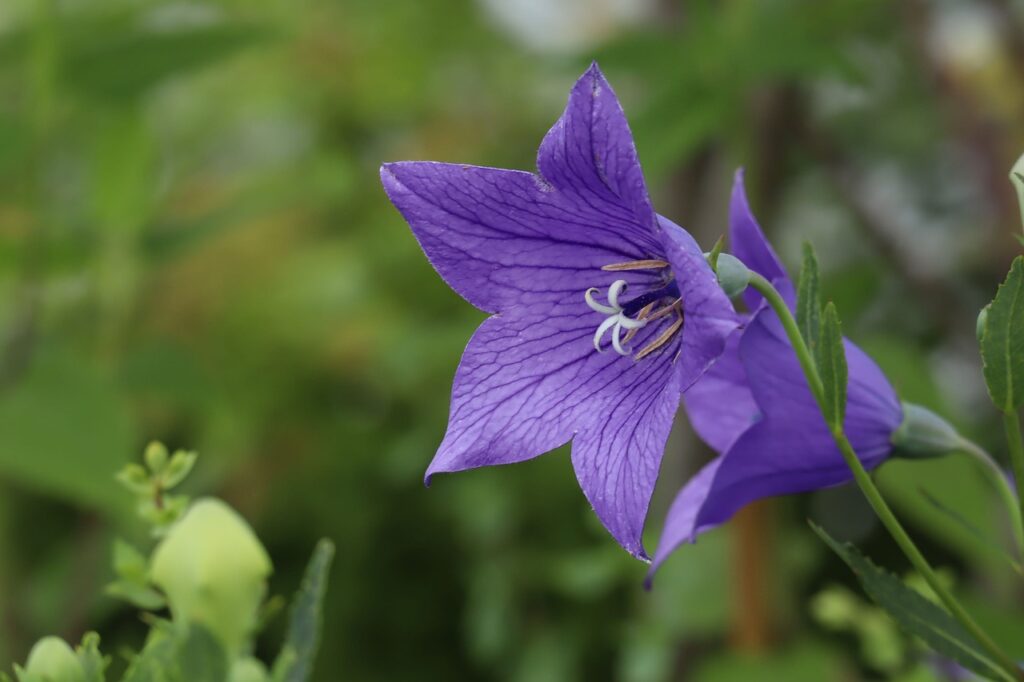
In Japan, the balloon flower is counted as one of the “Seven Flowers of Autumn.” Since ancient times, its beauty has been praised in poetry and painting.
The flower carries symbolic meanings such as “eternal love” and “honesty,” making it a representation of purity and sincerity in Japanese culture.
Furthermore, the balloon flower is closely associated with the samurai class. It is famously known as the emblem of Akechi Mitsuhide, whose family crest featured the balloon flower motif. This crest symbolized the samurai’s courage and sense of justice through the flower’s strength and beauty.
Historical Episodes
Among the historical episodes linked to the balloon flower, the most well-known is its use in Akechi Mitsuhide’s family crest, the “Kikyo-mon.” This emblem was said to reflect his integrity and upright character. The flower thus became widely recognized among samurai as a symbol of bravery and strength.
In the Heian period, aristocrats planted balloon flowers in their gardens to appreciate the elegance of autumn scenery. Over time, the flower became an integral part of Japanese landscapes and culture.
Gardening Advice
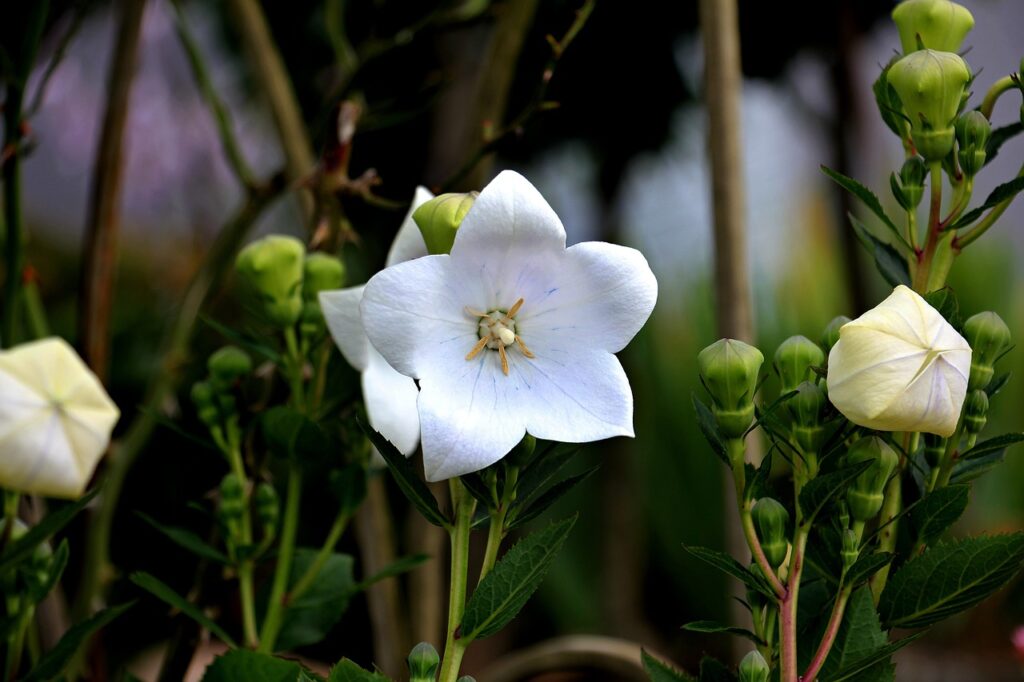
Cultivation Guide
The balloon flower is a perennial plant, and with the right environment, it will bloom beautifully year after year. A sunny location is ideal, but it can also thrive in partial shade. Good air circulation is essential for healthy growth.
Water the plant when the surface soil becomes dry, and pay attention to drainage during the rainy season and in summer. Applying fertilizer regularly during the growing season will improve flowering.
Key Growing Tips
Balloon flowers prefer well-drained soil. In gardens, mixing leaf mold into the soil is effective, while for potted plants, a well-ventilated container is recommended.
Although the above-ground parts wither in winter, the underground roots remain alive and sprout again in spring. Propagation is possible by dividing the roots. Replanting every few years not only keeps the plant healthy but also allows you to enjoy even more flowers.
Conclusion
The balloon flower has long been cherished in Japan for its graceful form and profound cultural significance.
It is well-suited for gardening and is relatively easy to grow as a perennial. I encourage you to plant it in your garden or on your balcony and enjoy its elegance. Adding balloon flowers to your autumn landscape will surely enrich the seasonal atmosphere.

